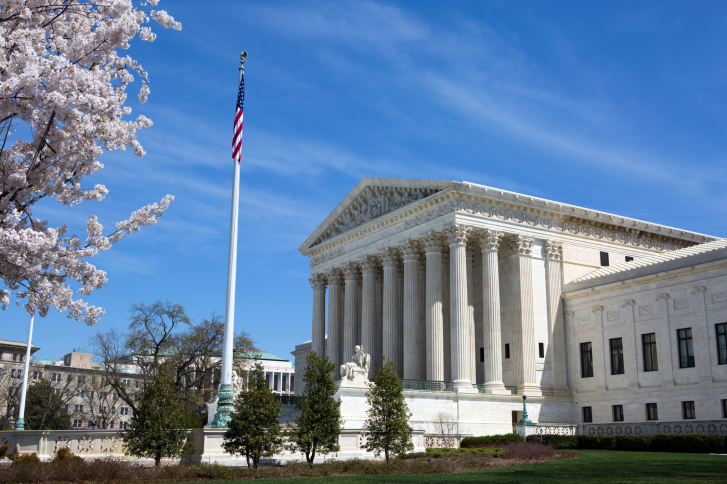The increase in global precipitation in the late twentieth century appears to have been largely benign in the northeastern United States, according to a study in the Journal of the American Water Resources Association.
Benign Stream Flows
In an exhaustive analysis of the flood risk to New England’s rivers and streams resulting from increases in seasonal precipitation, meaning rain and snow, author Mathias Collins concluded, “there is broad evidence … for increased magnitude of low and moderate flows both regionally and nationally,” but, “trends in high flows have been much less evident.”
Collins observed in the article, “On a national scale, only a small proportion of the gages measuring dominantly natural streamflow (i.e., minimal regulation, diversion, or land use impacts) show upward trends in the annual maximum daily discharge.”
Long Streamflow Histories
Collins, a hydrologist with the National Oceanic and Atmospheric Administration (NOAA), worked with data obtained from 28 streamflow gages of the Hydro-Climate Data Network scattered throughout New England. The gages he studied were not subject to human interference and produced continuous data that spanned at least the last half of the twentieth century and continued through 2006.
The NOAA scientist looked for any trends or step changes that might have occurred over that period.
The 28 long-term annual flood series studied by Collins averaged 75 years in length. An average standardized departure series for 23 of the 28 gages studied “indicates that increasing flood magnitudes in New England occurred as a step change around 1970,” Collins wrote in the journal’s April issue.
“The timing of this,” Collins added, “is broadly synchronous with a phase change in the low frequency variability of the North Atlantic Oscillation, a prominent upper atmospheric circulation pattern that is known to affect climate variability along the United States east coast.”
Natural Fluctuations Dominate
It has long been an article of faith among climate alarmists that increases in precipitation would invariably lead to a greater frequency of floods. Collins’ study strongly suggests otherwise.
“The step change of circa 1970, described in the study, is reminiscent of the much-celebrated ‘Great Pacific Climate Shift’ of 1976-77,” said William Balgord, Ph.D., president of Environmental & Resources Technology, a Middleton, Wisconsin-based consulting firm. “Both phenomena are not so much indicative of progressive changes [such as anthroprogenic global warming] but of those following a change in some dominant natural cause—such as sea surface temperatures and currents.
“Cycles of flooding in the United States are regional in scope,” Balgord continued. “The last major flooding occurred in the Upper Midwest [Iowa, Minnesota, and Wisconsin] during late summer of 2007 and again in mid-June of 2008. Such events tend to occur in different parts of the country in different decades and follow shifts in the persistent weather patterns that control storm tracts.”
Bonner R. Cohen, Ph.D. ([email protected]) is a senior fellow at the National Center for Public Policy Research in Washington, DC.




